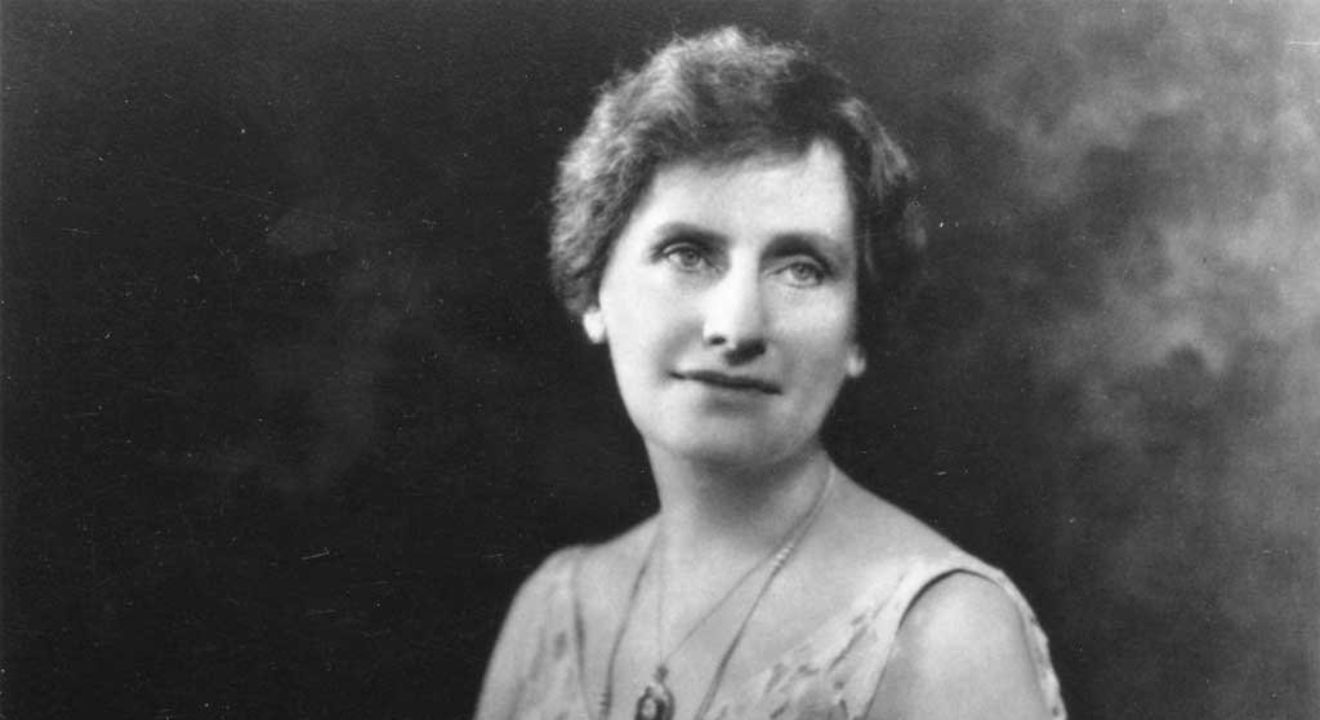Inspiration August 21, 2017
We should thank her for changing the conversation around women in politics.


The fight for women to enter any job field for the first time has always been a major problem. Thus, we’re always thankful for the “first female” anything.
In the case of U.S. government, we salute Nellie Tayloe Ross, the first female U.S. governor. Thanks to her boldness, ambition and hard work, she opened a path for women who want to be in office someday.
To honor her legacy, here are five facts you need to know about Nellie Tayloe Ross.
On Nov. 4, 1924, Ross was elected governor of Wyoming. Ross took her husband, Governor William B. Ross’, place after he died from appendicitis. She ran against Republican Eugene J. Sullivan of Casper. Her constituents voted for her to become the first female governor after being the first state to grant women’s suffrage in 1869.
Ross ran for governor to continue her husband’s progressive policies. She outlined three of William’s policies she wanted to continue: spending cuts, loans for farmers and the enforcement of prohibition. She also wanted to enforce proposals that would force cities, counties and school districts to have budgets, obtain more funds for the university and more.
Legislators supported five of her 11 proposals, but most importantly, she fought against any efforts to diminish her power.
Ross was able to efficiently balance her femininity, ambition and power. She even once wrote, “I … do not represent the over-powering, masculine, militant type of ‘politician’ that violates their sense of what the Lord intended a woman should be.”
As the first female governor, she set a precedent for all women. She try to adapt to the man’s role as a governor, she created her own space.
Ross’ brother, George, attempted to convince Ross to not run for governor after her husband’s death. Wyoming was a Republican state and people always believed that being governor was a man’s job. He was also afraid of how losing the election would affect her emotional state after her husband’s death. Ross agreed with George’s warnings, but that didn’t stop her.
Ross needed the money, and she refused to accept handouts from charities. She was even offered a job as state librarian, but she was too proud to accept. She also knew that if she ran and lost, people would stop offering her jobs.
But people were wrong to underestimate her because she won by 8,000 votes, making her victory a bigger success than her own husband’s two years earlier.
Ross was born on Nov. 29, 1876 in Saint Joseph, MO. She was one of six kids to live to adulthood. Her mother’s family owned a plantation with 100 slaves in Missouri before the civil war. Ross’ mother, Lizzie Green, owned a family mansion that burned down during the war. Because of this, Ross’ father had to support his new wife’s entire family after the war.
Ross’ father, James Tayloe, built a small house and farmed land but only made money when he sold parts of the land. In 1884, Tayloe sold the house, paid off the mortgage and moved his family to Kansas, where he opened a grocery store in Miltonvale.
Tayloe built his family a large house and the town was doing well. But, in 1889, Ross’ mother died. Business in Kansas started to decline, so the Tayloe’s struggled with money. Once Ross’ father lost his home and store, the family moved to Omaha.
After high school, Ross started teaching piano to put herself through two years of school. She received teaching jobs in Italian and Polish neighborhoods. This is how she became interested in the public school system.
By helping out her father in the store and taking care of the household, Ross learned to be hardworking and independent.
President Franklin D. Roosevelt appointed her as the first woman to be the director of the U.S. Mint.
The Roosevelt dime was put into circulation during Ross’ term as director. The Jefferson nickel was also put into circulation, replacing the Buffalo nickel. Due to wartime shortages, coins were made with substitute metals, which brought the creation of the steel penny. The steel penny resembled dimes, which led to public protest. So, in October 1943, Ross discontinued the coin.
Ross never ran on a platform where she convinced people to vote for her on the basis of her gender. But when she ran for a second term, a month before the election she appealed to voters that if she lost, the whole country would assume women aren’t fit for government positions.
“I appeal to you,” Ross said, “not to place me in a false light before the nation.” And days before the election she said, “I do not think you will repudiate the first woman governor.”
Ultimately, she lost since her accomplishments during her first term were minor and she failed to appoint women in positions held by men.
Despite this, though, she drastically changed the conversation around women in government positions.
Ross died in 1977 at the age of 101. Although she lost her second term run, Ross’s first win was one of the first steps towards gender equality.